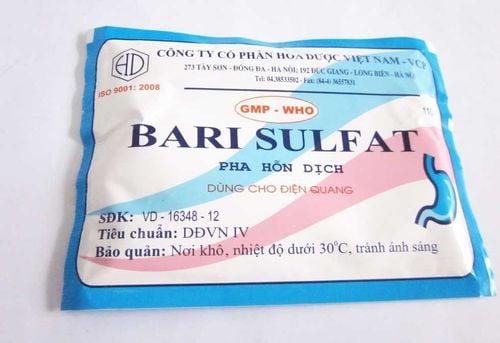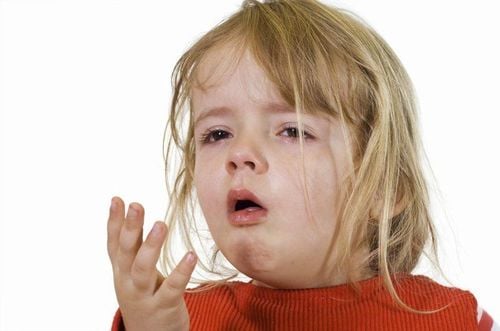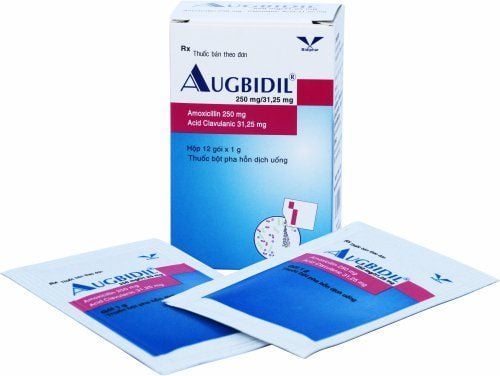This is an automatically translated article.
The article was professionally consulted with Specialist Doctor I Bui Thi Ha - Pediatrician - Neonatologist - Department of Pediatrics - Neonatology - Vinmec Ha Long International General Hospital.Vomiting is a very common symptom in most young children. Vomiting in children is mostly benign and goes away on their own as they grow older, but can be a sign of many serious illnesses.
1. What causes children to eat or vomit?
1.1. Eating and taking care of children improperly Giving the baby too much food, drinking a lot of milk, sucking too much, forcing the baby to overeat, causing the baby to vomit; Breastfeeding in the wrong position, improper bottle feeding, leading to the child swallowing a lot of gas in the stomach, causing vomiting after eating; Children who have just had a full meal have been placed in a lying position, forced them to sleep, tightly wrapped in diapers, and the umbilical cord is too tight, making it difficult for them to breathe and vomit.Trắc nghiệm: Sự phát triển tinh thần, vận động của bé thế nào là đúng chuẩn?
Khi nào bé biết nói, biết hóng chuyện hay biết cầm cốc là "đúng chuẩn"? Điểm xem bạn biết được bao nhiêu mốc phát triển tinh thần, vận động "đúng chuẩn" của bé nhé!The following content is prepared under supervision of Thạc sĩ, Bác sĩ y khoa, Ma Văn Thấm , Nhi , Phòng khám Đa khoa Quốc tế Vinmec Dương Đông(Phú Quốc)
Acute bacterial infections, including pharyngitis, pneumonia, gastroenteritis, membrane inflammation brain , neurological problems , brain ... Children may or may not have fever , runny nose and cough . Infected children's bodies often become tired, lose their appetite, may have fever, difficulty breathing... leading to children eating or vomiting; Children with serious surgical diseases, such as intussusception, intestinal obstruction, causing children to eat and vomit, accompanied by unexplained abdominal cramps, bloody stools, signs of abdominal distension...
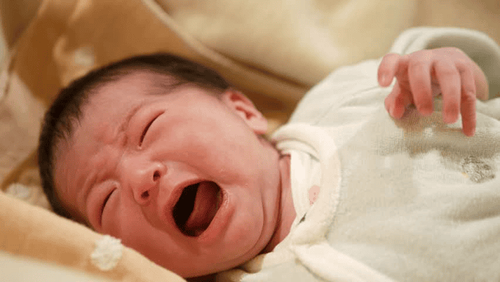
2. How to limit the risk of your baby vomiting?
Expression of vomiting after eating in young children often appears early, the amount of vomit is almost small, mainly food. Children can still have normal activities, without affecting their body condition. Therefore, limiting the risk of vomiting is mainly by adjusting the way of feeding:Do not force the child to eat too much, too quickly, it is easy to make the child feel afraid when seeing food; When giving a child a new food, it should be given gradually from less to more, from liquid to solid; Avoid giving children too much in one meal and should divide them into many small meals during the day; In babies who are still breastfed, after breastfeeding, mothers should hold the baby gently for about 10-15 minutes, then put the baby down; When feeding a baby from a bottle, pay attention to pour the milk up to the nipple of the bottle to prevent the baby from swallowing a lot of air into the stomach; In addition, appropriate antiemetic drugs can be used as prescribed by the doctor.
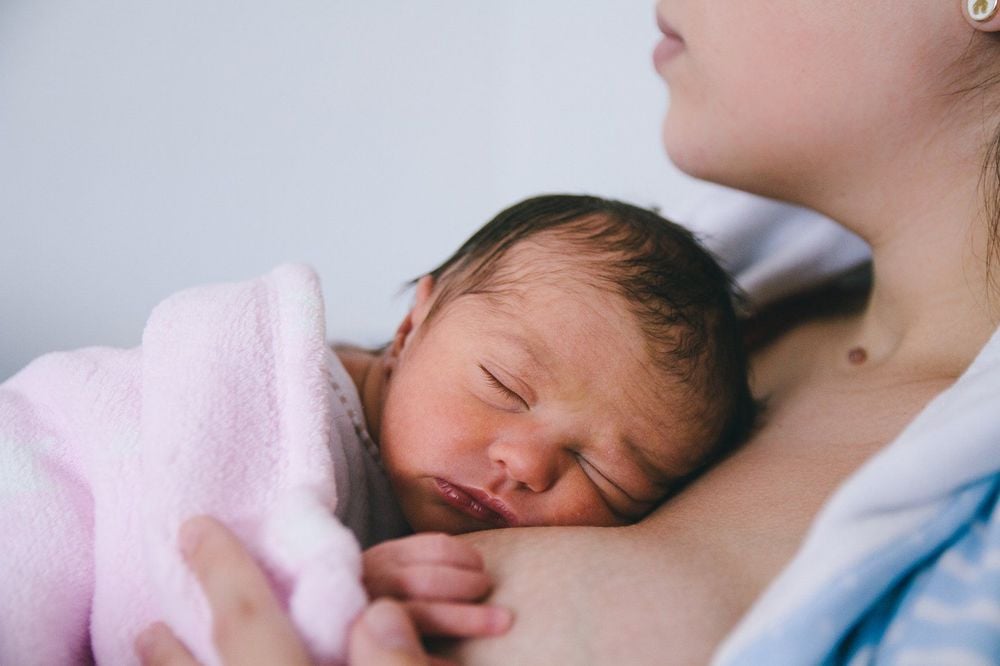
3. Treatment when the child vomits a lot after eating
When children eat, they vomit a lot as well as when they have loose stools, which means that the child's body will lose a large amount of water. Therefore, it is important to replenish lost water quickly so that the baby's body does not experience electrolyte disturbances. For quick treatment at home, parents can use Oresol solution, diluted fruit juice or cooled cooked water.When the child has vomited a lot, do not try to give the baby to continue drinking, but pay special attention:
Child's position when vomiting: Should let the child lie on his side or help him sit up to avoid a bad situation when vomit overflows tracheobronchial, causing respiratory arrest; Wait until the child vomits less, give a small amount of cooked water or Oresol solution. When the baby loses a lot of water, he will become very thirsty, so when he drinks water, he will tend to drink a lot, then throw up. Therefore, parents should use a small spoon for children to drink slowly, or sip by sip. The reasons why children eat or vomit are diverse. To determine the exact cause of this condition, parents need to take their child to see a doctor once it has stabilized. In addition, it is necessary to make sure that the baby has enough nutrition and enough water for the baby's body, because nausea and vomiting when eating can cause the baby's body to be severely deficient in nutrients.
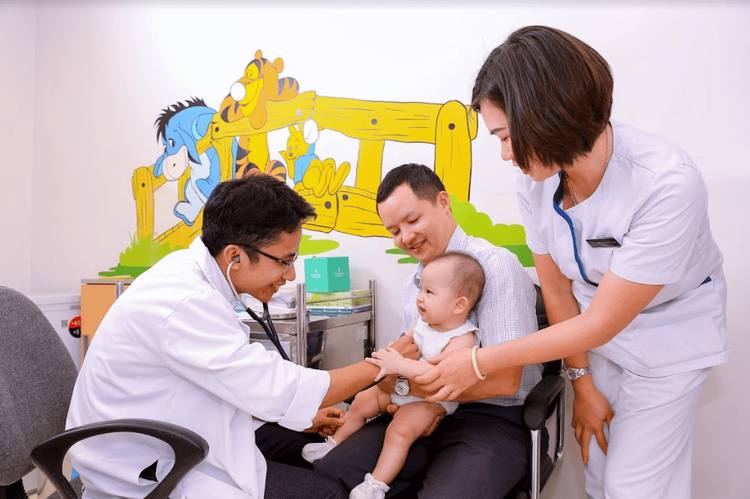
Please regularly visit the website vimec.com and update useful information to take care of your baby and family.
Please dial HOTLINE for more information or register for an appointment HERE. Download MyVinmec app to make appointments faster and to manage your bookings easily.








